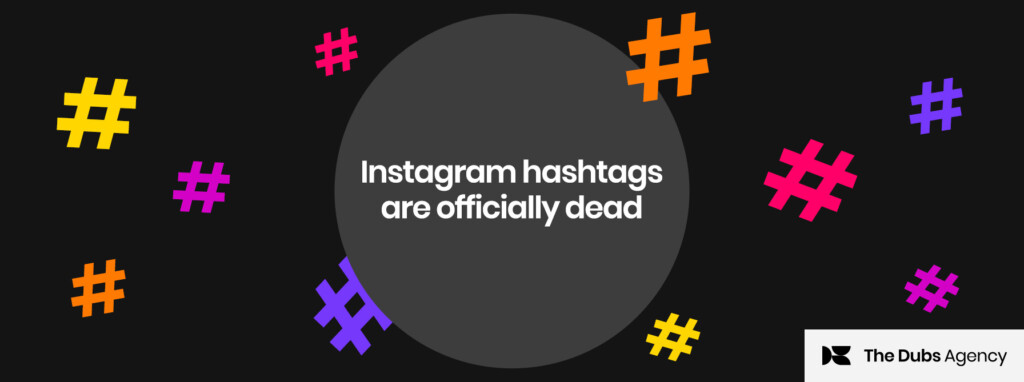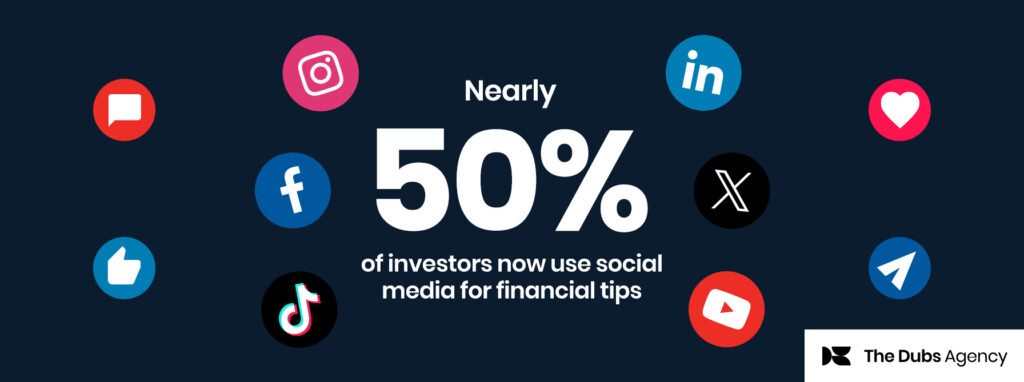BuzzFeed know how to make content that people want to share, which is let’s face it, the holy grail for content marketers whether you’re marketing finance, furniture or food. We interviewed Simon Crerar, BuzzFeed Australia’s editor-in-chief and general manager, for some insights into their content approach in Australia, and what financial brands might learn from that. Like their content, his answers are succinct and punchy.
BuzzFeed articles have a very specific style – how do you describe that when briefing a new writer?
We actually publish a hugely diverse range of entertainment and news content, from lists, to quizzes, to celebrity interviews, to personal essays, to deep investigations. So every brief is different!
BuzzFeed has often talked about video as communication, not just something to be consumed. How do you apply that thinking today, for Australian audiences?
When we think of content, whether text, video or audio, we think of how it will be shared, of the job it does. Does it inform? Educate? Entertain? If it does, people will both watch it and share.
How does Australian content differ from say, content aimed at a US audience, if at all?
Identity and nostalgia, for example, are core values for BuzzFeed content, so much of what we create here is unique to the Australian psyche. At the same time, BuzzFeed’s 11 global editions regularly share relevant content, and we have a fantastic Translations and Adaptations team enabling that process. So some of what we create in Oz trends in other countries in real time, like our Game Of Thrones content, for example.
If you had 5 adjectives to describe what kind of article or video Australians share, what would they be?
Substantial, happy, witty, hot, sweet.
How important is data and testing when working out how to capture audience attention and keep it for the duration of the content?
Very. We have amazing proprietary tech tools that help us see things like how long people read or watch every piece of content we create, and how they share it. This gives us incredibly valuable insights into what content works and what our audience wants, which we use to make more of the stuff they love.
How do you follow up from the first article someone reads or the first video they view, to get them addicted to your content?
By making small promises, over-delivering and not publishing click-bait. If people don’t find our reporting informative or our entertainment content entertaining they’re unlikely to come back. So we only publish quality content.
Do you have any specific advice for a financial brand, e.g. super fund, insurance company, mortgage lender, about how they might do content better?
One thing we’re constantly doing is putting our audience first, and seeking to be of service to them, whether that’s keeping them informed, entertaining them, authentically reflecting their identity or teaching them to cook. That would be my main piece of advice – know your audience and create content that improves their lives.
That would be my main piece of advice – know your audience and create content that improves their lives.
Have you worked with any financial brand advertisers on content campaigns and what did you learn from that?
The sentiment above is true of our branded as well as our editorial content – we seek to be the content people love, not interrupt the content they love. We’ve partnered with financial brands all over the globe to create funny, helpful and inspiring content. While this ‘co-branded’ approach might be a world away from their traditional notions of advertising, we’ve found it to be hugely successful – it just requires a little trust.
We seek to be the content people love, not interrupt the content they love.
How important is promoting posts and content on social?
Very. BuzzFeed is a distributed media company, and we publish across more than 30 different social networks and platforms. Our .com is just one of those – we live where our audience are.
Creating content that’s addictive starts with knowing your audience and their needs. To do this, our own MD, Josh Frith says finance brands need to start thinking like media outlets.
Image: BuzzFeed









